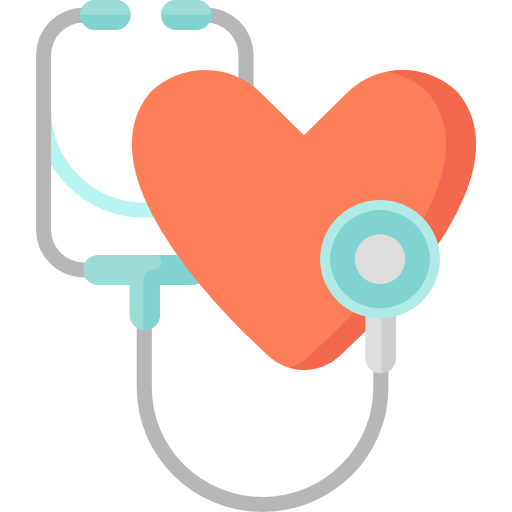A migraine is a headache condition that causes extreme pain and discomfort. It most commonly occurs on only one side of the head. Some people also report experiencing other symptoms in addition to the headache, such as nausea, vomiting, and even vision complications.
You might be curious and wonder, "How long can a migraine last?" Well, there is no set answer. A migraine attack may last anywhere from several hours to days. It is debilitating and excruciatingly painful.
Another common question people ask is, "What's the difference between a headache and a migraine?" Generally speaking, headaches cause discomfort in the head, face, and upper neck. The pain caused by a migraine is generally more severe and may present with other symptoms like nausea and vision disturbances. They tend to be much more debilitating, causing sufferers to miss work or other commitments.
There are two main types of migraines: with aura and without aura. An aura refers to visual symptoms like seeing lines and flashes. Migraines are a neurological disorder that, without treatment, can significantly affect your quality of life, making even simple daily tasks difficult to accomplish during an attack.
Pathophysiology and Risk Factors
Headaches usually result from traction or irritation of the brain meninges and blood vessels. These factors also play a major role in the pathophysiology of migraines.
In more serious cases, head trauma or tumors may stimulate pain receptors, leading to headaches or migraines. Doctors also suspect that in some people, imbalances in brain chemistry may contribute to this condition. While numerous things can cause migraines, the following factors can put you at higher risk of developing them:
- Genetics - If someone else in your family already experiences migraines, you may be at a higher risk of experiencing them.
- Age - You're most likely to get your first migraine as a teen, but it can develop at any time. Migraines are the most intense around age 30, and, later in life, they often begin to dwindle.
- Gender - Women are approximately three times more likely to suffer migraines than men.
- Hormonal changes - Shifts in estrogen can trigger an attack.
- Stress - This puts your brain into "fight or flight" mode and can trigger the condition.
- Skipping meals or not eating enough - When you skip a meal, your blood sugar drops, potentially triggering migraines.
- Alcohol/Caffeine - Both alcohol and caffeine are triggers of migraines. Some sufferers find it easier to avoid both altogether.
- Sensory overload - Some sensory stimuli such as flashing lights, bright lights, loud, intense smells may lead to migraines.
- Sleep pattern changes - This can lead to feeling tired, which predisposes many people to migraines.
- Physical strain - Physical activity is excellent for your body and your brain. Still, too much or too demanding exercise can be a trigger.
- Weather - Changes in the air pressure can cause a migraine.






